Best Way to Prepare Firewood for a Tiny Wood Stove
Tiny wood stoves require tiny firewood. Many will accommodate lengths up to 8″, although some only allow for 6″ lengths. Where do you get such tiny wood? On this page you’ll find the information you need to determine whether you’ll want to order a product ready to toss into the stove, or prepare the lumber yourself. Once you’ve made that decision, you’ll find links to resources we’ve researched and instructions to successfully fuel your stove all winter along.
We will be concentrating on fuel for the Cubic and Tiny Wood Stoves recommended on our website.
Commercially Manufactured Pressed Sawdust Logs
You could buy the compressed sawdust logs shown here, but they are expensive compared to using dead trees. I found this ECOBRICK Wood Fuel at Tractor Supply for just $4.99*. It might also be worth your while to check the prices on Amazon.
“Manufactured” fuel does burn well and it is ECO-friendly, being made from sawmill waste. They can be easily be broken into the small size you’ll need.
These manufactured logs burn longer and produce more heat that regular wood. They also produce less creosote, reducing the danger of a chimney fire.
Be careful what type of manufactured fuel you buy. Avoid any pressed logs that use wax as a binder. These types of fuel create a lot of creosote that accumulates in the chimney and can create a serious fire hazard.
Turning Dead Trees into Usable Fuel
Bulk Cordwood
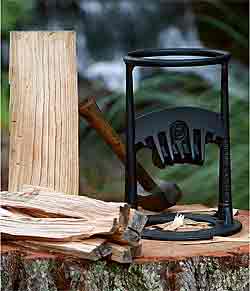
One of the most reasonably priced way to get fuel wood is to order it by the cord. A local wood cutter will dump a load of dry split logs in your driveway for a reasonable price. The pieces are usually about 20″ long. You will need to process these pieces down to the size that fits your stove. Be advised, however, that a cord of wood is a LOT of wood. If you’re planning on staying put for decades, this will work. If you think you might relocate, you might want to think smaller.
It may be possible (if the supplier agrees) to have the wood delivered unsplit and in longer lengths. It’s easier to use your chainsaw to cut logs into six or eight inch pieces before splitting. You’ll want to check into purchasing a wood ‘holder’ and/or splitter (see below) to safely stabilize these pieces as you split them.
CAUTION: Cord wood is usually “wet” (recently cut) and needs to be cured for 12 to 24 months before using as firewood.
Use this Firewood Moisture Meter has a moisture content of between 15 and 20% max.
To avoid injury, the wood needs to be held securely while being cut. This “Kindling Cracker” firewood splitter is the most popular of its type on Amazon.com. You simply insert a piece of wood that is less than 6.5″ in diameter and hit hard with a sledgehammer.
Once your kindling is small enough, you could actually use a chop saw to cut it to the six or eight inch lengths.
OR: use one of these new battery-powered mini chain saws
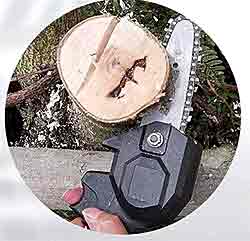
This powerful little chainsaw weighs less than 1.5 pounds and can cut through a six inch diameter piece of wood in less than ten seconds. The rechargeable battery included lasts a long time and has a surprising amount of power. The charger and two batteries are included.
There are many types of this new style of chainsaw but this is my favorite, currently on sale for $50.92*.
Scavenge Scrap Lumber from Home Builds or your Local Dump
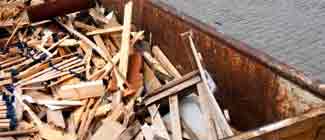
If you see a home in the framing stage of construction, there will be lots of small 2×2 or 2×4 scraps that are just right for a tiny wood stove. They are nice and dry, and the contractor would be more than happy to have you take them rather than having to lug them to the dump. BUT- ALWAYS ASK THE CONTRACTOR’S PERMISSION FIRST. Building lumber has been kiln-dried so it burns easily.
The dump usually has a separate location for building material. See if they will let you salvage for lumber scraps. Millions of tons of lumber is thrown away each year.
Do not burn plywood, OSB, or any wood products containing glue or other binders.
Gathering Tiny Wood Stove Firewood from a National Forest
This is my preferred method of getting firewood. Not only is it inexpensive, you’ll be enjoying the great outdoors.
Be sure to stop by your local Forest Service office for a wood cutting permit. Personal-Use Firewood Permit- up to 6 cords per calendar year are available for free, and can be used for cutting, manufacturing, handling, or other processing of firewood, but not for resale. Each household is allowed to cut and remove up to 20 cords per year. The cutting and removal of standing DEAD and DOWN trees for fuelwood is permitted.”
I like to cut six inch diameter logs to about six feet in length. These are easy for me to handle and I can cut them into eight inch lengths when I get home.
Splitting Firewood Can Be a Dangerous Activity. Get the Right Tools and Use the Right Space.
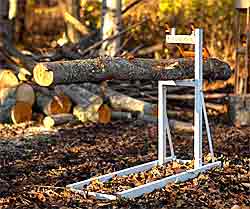
You should set aside a flat, clear area for cutting and splitting your wood. Holding your wood steady is vitally important to avoiding injury. 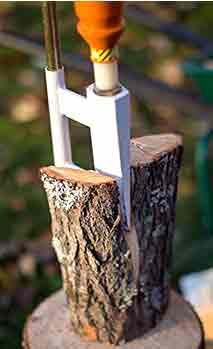
The Logosol Smart-Holder eliminates awkward wooden sawhorses and allows you to easily and safely raise your firewood off the ground when cutting, sparing your back and shoulders from physical strain. It also folds up for easy compact storage.
The Logosol, Swedish Log Splitter (shown on the right) is an efficient axe that can be used by everyone in your family. It is designed with the focus on safety when you are splitting wood. Perfect for tiny house owners that need to precisely split the wood into very small pieces.
Here’s a great YouTube® video from Tiny Wood Stoves showing the fast and easy way to prepare firewood for a tiny wood stove.
Visit our friends at Cubic Mini Wood Stoves and Tiny Wood Stoves for information on the best tiny house wood stoves available.






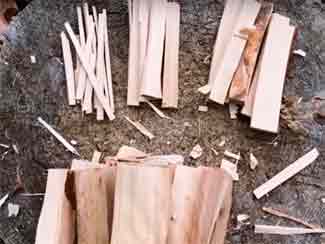
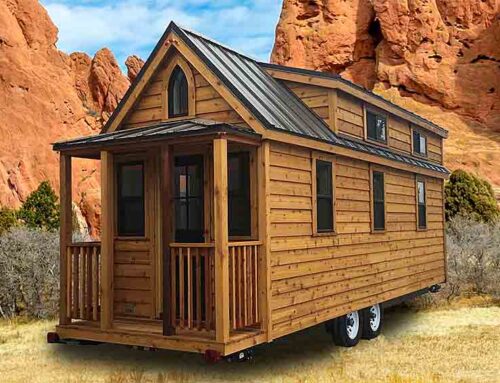
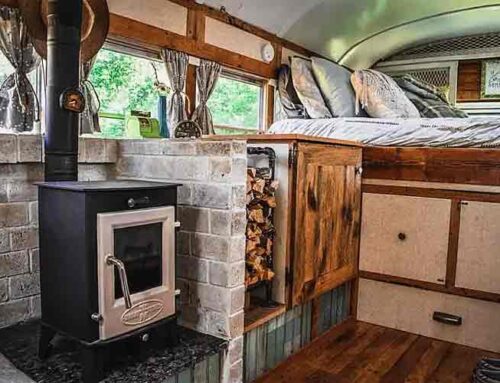

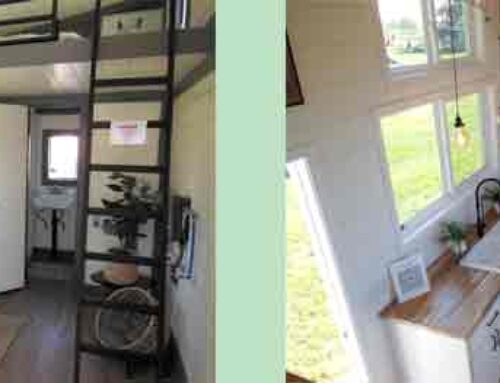
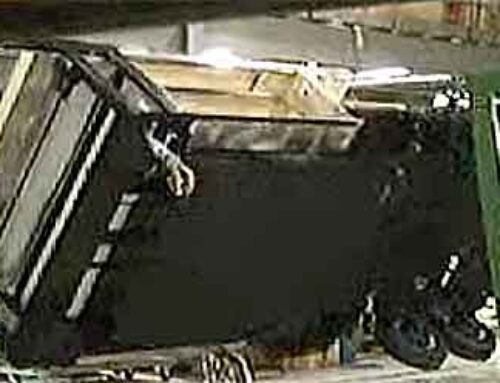
Leave A Comment